Link :
Millionaire biohacker Bryan Johnson has shared his anti-aging lunch that can apparently help you live until the age of 120.

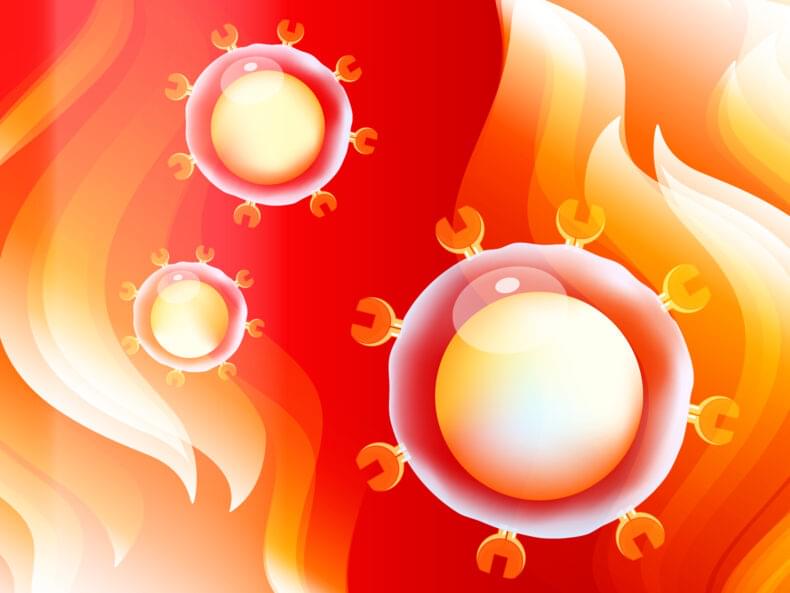
Fever temperatures rev up immune cell metabolism, proliferation and activity, but they also — in a particular subset of T cells — cause mitochondrial stress, DNA damage and cell death, Vanderbilt University Medical Center researchers have discovered.
The findings, published Sept. 20 in the journal Science Immunology, offer a mechanistic understanding for how cells respond to heat and could explain how chronic inflammation contributes to the development of cancer.
The impact of fever temperatures on cells is a relatively understudied area, said Jeff Rathmell, PhD, Cornelius Vanderbilt Professor of Immunobiology and corresponding author of the new study. Most of the existing temperature-related research relates to agriculture and how extreme temperatures impact crops and livestock, he noted. It’s challenging to change the temperature of animal models without causing stress, and cells in the laboratory are generally cultured in incubators that are set at human body temperature: 37 degrees Celsius (98.6 degrees Fahrenheit).
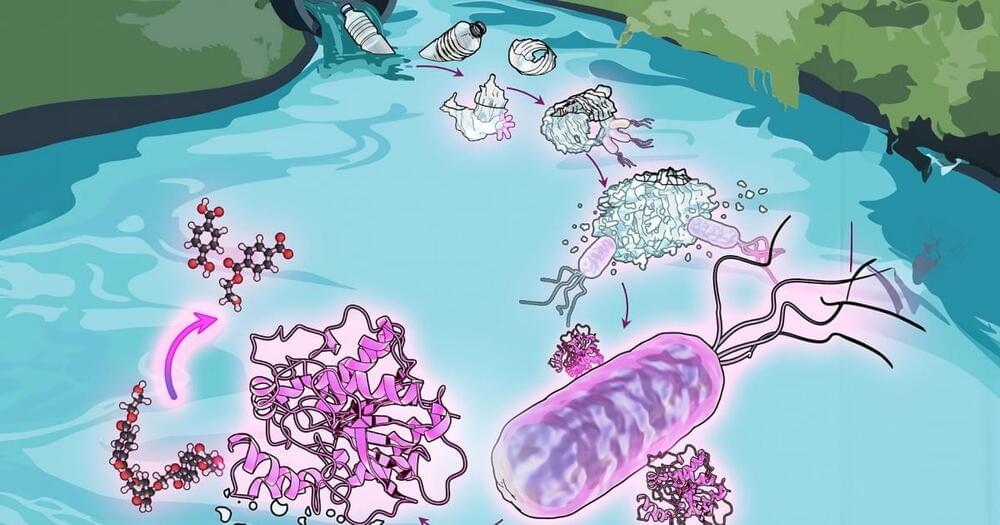
Researchers have long observed that a common family of environmental bacteria, Comamonadacae, grow on plastics littered throughout urban rivers and wastewater systems.
Finding could lead to bioengineering solutions to clean up plastic waste.
A new study finds that a common bacterium can break down plastic for food, opening new possibilities for bacteria-based engineering solutions to help clean up plastic waste. Illustration credit Ludmilla Aristilde/Northwestern University.
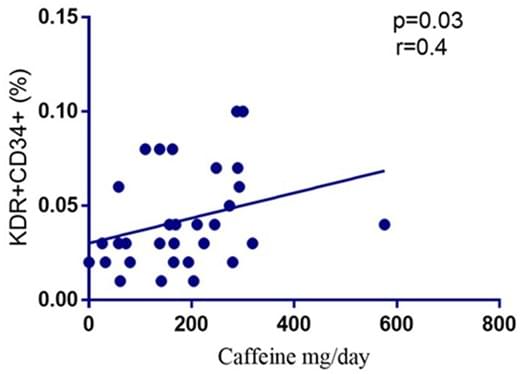
Researchers from the Sapienza University of Rome found that caffeine has a positive effect on endothelial cells, a group of cells responsible for vascular regeneration.
We studied the role of caffeine intake on endothelial function in SLE by assessing its effect on circulating endothelial progenitor cells (EPCs) both ex vivo in SLE patients and in vitro in healthy donors (HD) treated with SLE sera.
Methods.
We enrolled SLE patients without traditional cardiovascular risks factors. Caffeine intake was evaluated with a 7-day food frequency questionnaire. EPCs percentage was assessed by flow cytometry analysis and, subsequently, EPCs pooled from six HD were co-cultured with caffeine with and without SLE sera. After 7 days, we evaluated cells’ morphology and ability to form colonies, the percentage of apoptotic cells by flow cytometry analysis and the levels of autophagy and apoptotic markers by western blot. Finally, we performed a western blot analysis to assess the A2AR/SIRT3/AMPK pathway.
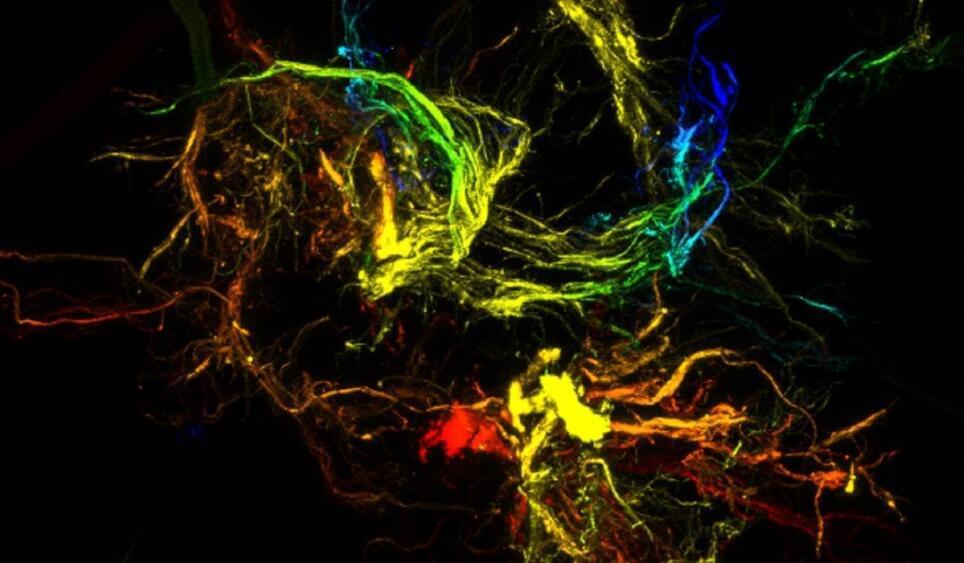
New research from North Carolina State University shows that unique materials with distinct properties akin to those of gecko feet – the ability to stick to just about any surface – can be created by harnessing liquid-driven chaos to produce soft polymer microparticles with hierarchical branching on the micro-and nanoscale.
The findings, published today (October 14, 2019) in the journal Nature Materials, hold the potential for advances in gels, pastes, foods, nonwovens, and coatings, among other formulations.
The soft dendritic particle materials with unique adhesive and structure-building properties can be created from a variety of polymers precipitated from solutions under special conditions, says Orlin Velev, S. Frank and Doris Culberson Distinguished Professor of Chemical and Biomolecular Engineering at NC State and corresponding author of the paper.

The new Guinness World Record holder’s logo is nearly invisible to the naked eye.

The edible transistor is based on an existing transistor architecture, utilizing CuPc as the active material. The key component, the electrolyte-gated OFET (EGOFET), operates at low voltages (1 V) and can function stably for more than a year. The transistor showed good reproducibility, with performance characteristics that pave the way for integrating these devices into more complex edible circuits.
The circuits are constructed on a derivative of cellulose with electrical contacts being printed using inkjet technology and a solution of gold particles (which are also commonly used in the food industry for decoration). The transistor “gate” is also food-grade. This component controls the flow of electrical current between the source and drain terminals, effectively acting as a switch or amplifier. This gate is made from a gel based on chitosan another food-grade ingredient used as a gelling agent.
The research team also explored the optical and morphological properties of CuPc thin films. They found that the thickness of the CuPc layer played a crucial role in the transistor’s performance. Thinner films displayed better charge transport properties, which are essential for creating high-performing, low-voltage devices. This detailed understanding of the material’s properties allowed the team to optimize the transistor’s design for use in real-world applications.
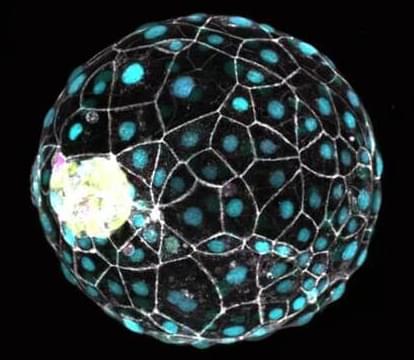
Mamma bears press pause on their early pregnancies, so that their cubs are born closer to a food filled spring. Researchers led by a team in Germany have now found this same pregnancy pause button exists in human cells too.
“Although we have lost the ability to naturally enter dormancy, these experiments suggest that we have nevertheless retained this inner ability and could eventually unleash it,” says molecular geneticist Nicolas Rivron from the Austrian Academy of Sciences (IMBA).
“Triggering a dormant state during an IVF procedure could provide a larger time window to assess embryo health and to synchronize it with the mother for better implantation inside the uterus.”
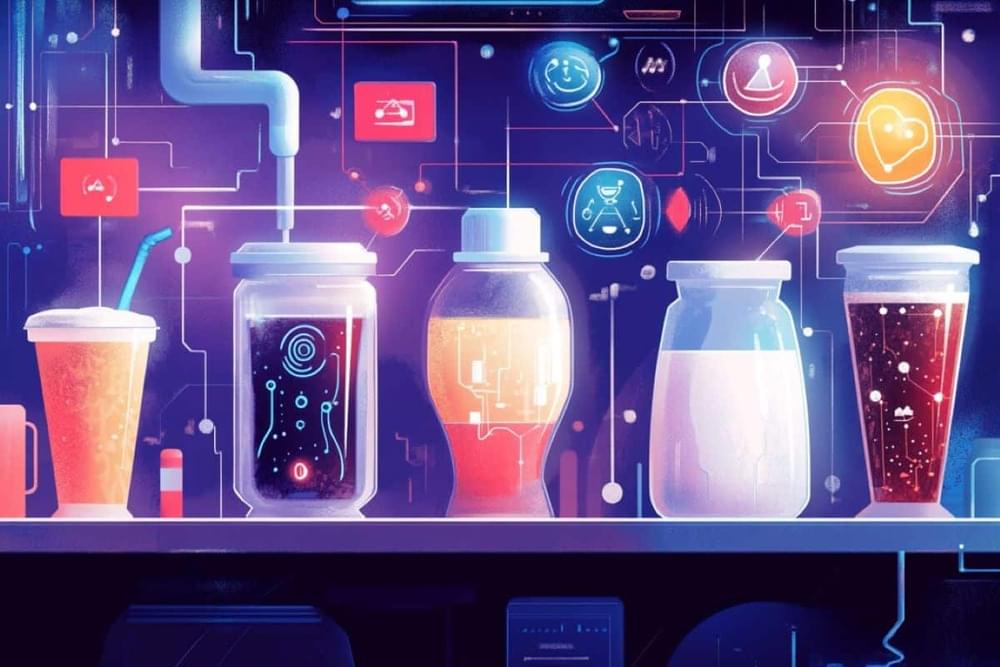
Summary: Researchers have developed an AI-powered “electronic tongue” capable of distinguishing subtle differences in liquids, such as milk freshness, soda types, and coffee blends. By analyzing sensor data through a neural network, the device achieved over 95% accuracy in identifying liquid quality, authenticity, and potential safety issues. Interestingly, when the AI was allowed to select its own analysis parameters, it outperformed human-defined settings, showing how it holistically assessed subtle data.
This technology, which uses graphene-based sensors, could revolutionize food safety assessments and potentially extend to medical diagnostics. The device’s AI insights also provide a unique view into the neural network’s decision-making process. This innovation promises practical applications across industries where quality and safety are paramount.